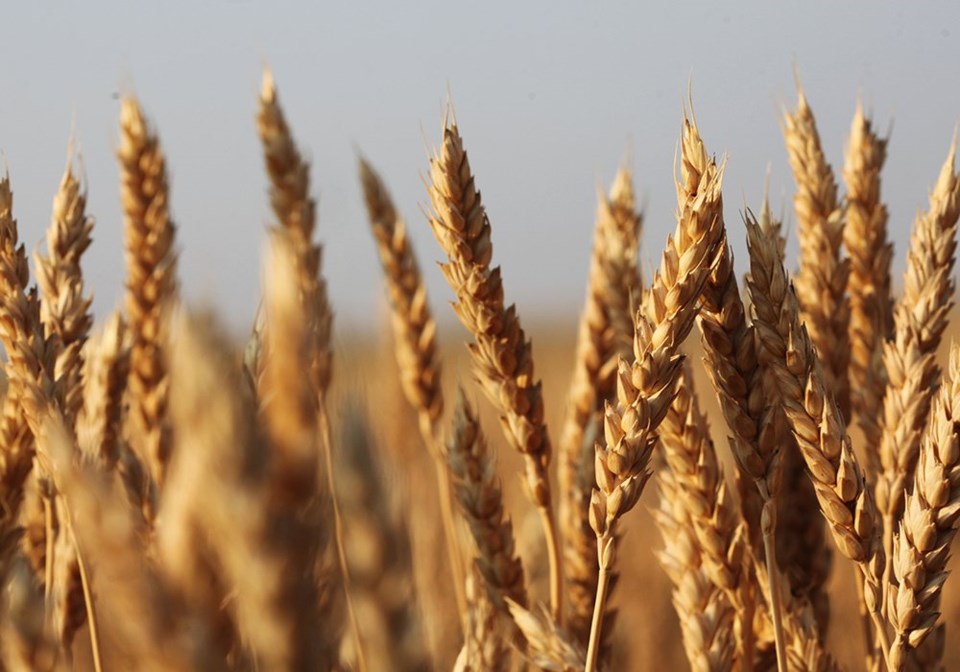WESTERN PRODUCER — Canada’s canola industry reached a milestone in the fall of 2005.
From 1990 until 2004, canola yields across the Prairies were stuck in a range of 23 to 27 bushels per acre.
Some producers were recording yields much higher than 25 bu. per acre, but the average yield in Canada was stagnant.
Finally, in 2005, the average yield topped 30 bu. per acre. The actual number was 32.7 bu., using Canola Council of Canada data.
Yields in the 30s soon became the new normal as farmers averaged 31 to 36 bu. per acre for the next seven or eight years.
In 2013, the canola sector reached another milestone.
The average yield topped 40 bu., thanks to consistent yields right across the Prairies.
But shortly after 2013, canola yields hit a wall. Using Canola Council of Canada data:
- In the period from 2000-10, yield increases were about three percent annually.
- In the 2010s, yield gains slowed to about 1.7 percent annually.
Meanwhile, the period from 2010-22 has seen dramatic gains in spring wheat yields. Average yields on the Prairies have gone from 41.5 to 53 bu. per acre, an increase of 28 percent.
Farmers in Manitoba and other provinces now record wheat yields in the 60s, 70s or higher. In the late 2000s such yields were rare. Most farmers were happy with 45 to 50 bu. per acre.
A large part of the gains can be attributed to AAC Brandon, a blockbuster spring wheat variety that was commercialized around 2014. It quickly became the most popular spring wheat in Western Canada. As an example of its popularity, Manitoba had 3.1 million acres of spring wheat in 2019. More than 1.7 million were AAC Brandon.
“Was Brandon the TSN turning point of wheat?” said Rob Stone, a producer from Davidson, Sask., and a director with SaskWheat.
“We (farmers) can see that the genetic potential (for yield) has improved.”
On his farm, Stone used to grow durum and barley in the cereal part of his rotation. In 2017 he returned to spring wheat because of strong yields in the region around Davidson.
“As you saw your neighbours harvesting big wheat yields, you say, ‘hmmm, let’s give that a try.’ ”
Going back about 10 to 12 years, many farmers on the Prairies described wheat as a rotational crop, something they seeded because they couldn’t grow canola every year.
However, once it became obvious that yields of 60 or 70 bushels were possible, that perception changed. Wheat went from a rotational crop to a moneymaking crop.
“Some of that is price response. We’re more prepared to throw more (fertilizer/fungicides) at wheat because we’ve got a better chance of profiting on that crop … than we did in the past,” Stone said, adding many producers have become more careful about seeding dates. They try to get spring wheat in the ground as early as possible to maximize yield potential.
Kenton Possberg, who farms near Humboldt, Sask., made a similar comment.
For much of the last 15 years, farmers focused on canola because it’s the crop that carried the farm. However, producers are now paying more attention to wheat.
“With wheat, people are realizing there is potential (and) realizing that agronomic practices can have a huge impact,” he said.
There’s also the matter of market freedom and what that means for profitability.
With the end of the Canadian Wheat Board monopoly in 2012, farmers have more flexibility around when and where they sell, said Possberg, a director with the Wheat Growers Association.
“We can price when we want to price. (We’re) taking advantage of that…. You can capture potential rallies in the market.”
Dissolve of the CWB may have influenced some farmers to think differently about wheat, but genetics and yield potential likely played a larger role.
The success of modern wheat varieties, such as AAC Brandon, shows that public and producer investment in breeding programs is paying off, Stone said.
University researchers and Agriculture Canada scientists are developing high quality, spring wheat varieties.
“The highest-yielding, best-standing, best disease resistance is coming out of these programs. They’re doing a great job,” he said.
“You’re going across a hilltop and you’re harvesting what you would consider to be a good, average yield, 20 years ago. It looks like there is nothing there and there is wheat. That is genetics.”
Possberg isn’t as convinced that genetics have made the difference.
The yield gains are connected to better agronomics, he said.
“I don’t think we added leaps and bounds (in) genetic improvements in wheat…. It’s better utilization of the genetic potential.”
It’s possible that a combination of better varieties and better agronomics has propelled spring wheat yields to a new level in Western Canada.
Thanks to those higher yields, wheat has become more than a rotational crop.
“We need to keep pushing, to keep wheat profitable,” Stone said.
“When our whole rotation has a positive contribution (to the bottom line), it makes a big difference. It’s a success story.”
Bookmark SASKTODAY.ca, Saskatchewan's home page, at this link.




